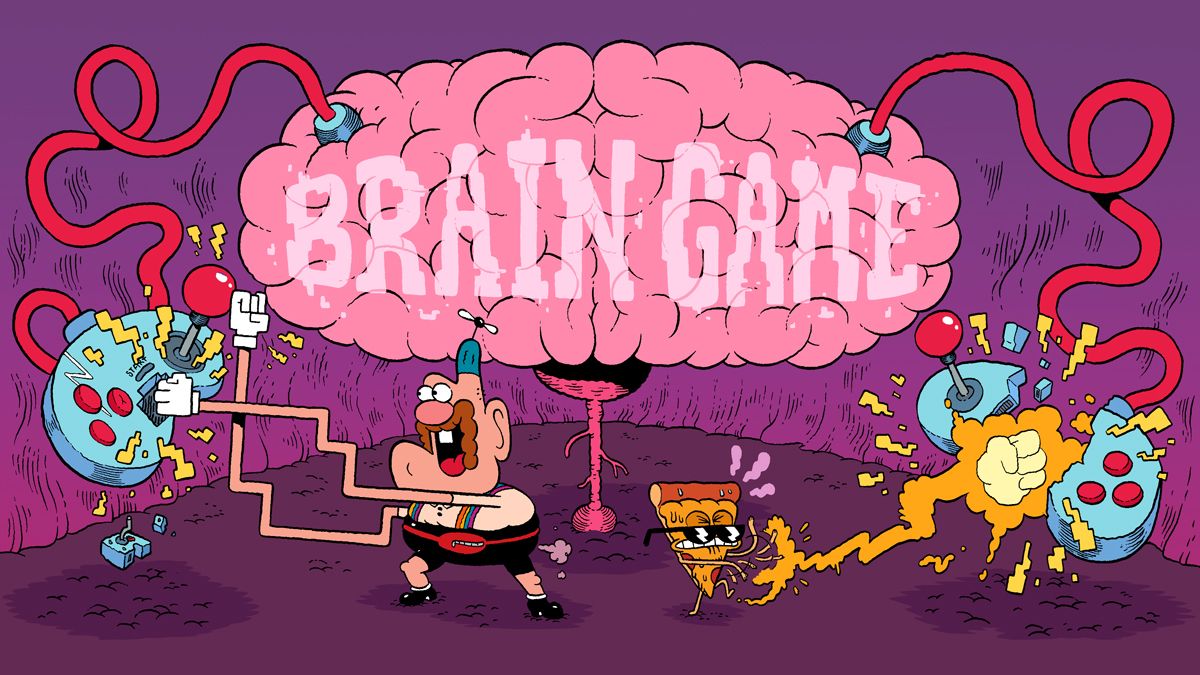One of the most critical elements of anyone’s academic success is an awareness of how you learn best. Here at Med School Tutors, we tend to geek out about this quite a bit because hey, we’re excited about learning and teaching.
What we know from our 12+ years of experience — whether learning styles are “neuromyths” or not — is that there are key things that you can do to play to your strengths in these different areas as they best serve your learning, and therefore give yourself the strongest shot at retaining information in the short and long term.
For the purposes of this post, we’re going to stick to the four most commonly accepted learning style categories: Verbal, Aural, Visual and Kinetic.
Verbal Learning
Typical Traits: Talking things through and writing things out. Many verbal learners are also often avid readers. (Hermione Granger, anyone?)
Tools & Tactics: Having a study buddy (or tutor!) is a great tool, especially for being able to have a dependable sounding board who also is equally (or more) familiar with the material. In addition, creating question prompts on flashcards for you to answer aloud is a very effective tool for oral learning.
USMLE Pro Tip: Use a giant poster-board or marker board to walk through difficult concepts such as metabolism (interconnecting biochemistry pathways) with drawings, and physically draw out where in these pathways various diseases interfere while talking through the concepts.
Additional Pro Tip: According to an andragogy (adult learning) specialist we spoke with recently, comparing and contrasting information increases retention by a whopping 35%. So, the next time you tackle a subject verbally, try adding this element into your review.
Aural/Auditory Learning
Typical Traits: Preferring to listen to someone describe something rather than reading it; saying things out loud to “get it down”; doing verbal “repeat backs.”
Tools & Tactics: Try reading material out loud to yourself; recording an audio summary that you create for yourself to listen to on the go; making mnemonics that are set to a catchy rhythm/pattern of speech.
USMLE Pro Tip: Keep audio files of your favorite Step 1 teacher on your phone/device to listen to on the go or while you are cooking/cleaning: Husain Sattar or Goljan, anyone?
Visual/Spatial Learning
Typical Traits: Do you learn best by observing someone performing a task first? “Can you show me…?” Are you a big fan of lists, diagrams and images? Do you have a very visual memory or photographic memory?
Tools & Tactics: Using different highlighter colors to break up big blocks of text or to connect different themes, thought webs/concept maps, checklists, diagrams, pictures and flashcards.
USMLE Pro Tip: Learning micro and pharm through Sketchy or Picmonic will help solidify some of these hard to memorize topics.
Kinetic/Tactile Learning
Typical Traits: Physically performing tasks; “hands-on”; experiential learning; learning by doing.
Tools & Tactics: If you’re trying to get a concept “into your body” but it’s not a task that you can physically perform/practice, try listening to audio while moving your body in a way that allows you to move while still focusing on what you’re hearing (e.g. on a treadmill). When testing your knowledge with a quiz, look at the question, then get up and move around/gesticulate as you answer the question out loud (or in your head). If you can’t get up and move around while you’re learning, at the very least, physically writing things down (think pencil or pen and paper) can help. You can also try writing things out on flashcards that you can then shuffle around on your desk/table as you work through them.
USMLE Pro Tip: Learning the brachial plexus and its injuries is BEST learned using tactile learning; act out the neurological deficit caused by various injuries!
We hope the next time you take a crack at your study material, this post will have given you a new appreciation for the ways in which you learn, as well as some ideas for how you can potentially adjust your approach for a higher yield.
Have questions? Let us know in the comments section below.





